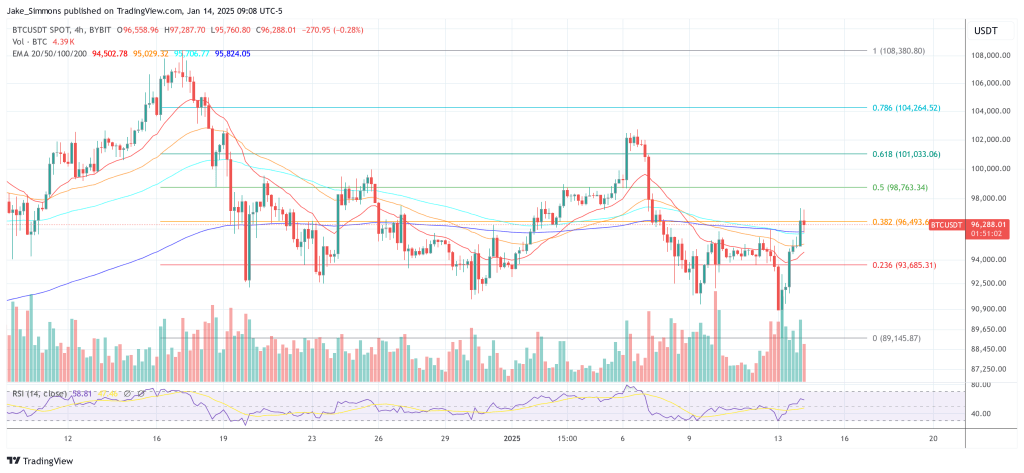A lazy copy paste of an earlier comment I made because I think not enough people have a full grasp on how Ethereum actually runs smart contracts besides code magic
Staking is running a validator which then submits its work to a node. Multiple validators can even run on the same node, and nodes can run without validators, but validators cannot be run without atleast 1 node. So think of nodes as operating the consensus/execution layer, and validators as operating the transaction layer. Think of the Ethereum chain like a 3 layer cake (not l1 or l2 in the context of scaling like Polygon, thats another thing entirely, this is also why I hate the same terminology for different things)
- Data Layer - There Ethereum Virtual Machine is where smart contracts are stored, and wallet balances are stored, as well as variables within those smart contracts (not all, but thats not in the scope of this question)
- Execution Layer - This layer handles executing transactions, and determining the outcome of them, then reaching consensus on said outcome.
- Transaction Layer - This Layer determines which transactions are valid and should be executed.
ETH 2.0 Aims to upgrade the Data Layer through sharding (splitting it up into shards which all can process data at the same time. This faster data speeds mean you can effectively use more gas at a lower processing time to the the network, because it can write your variables faster).
The Execution layer upgrades as nodes become faster and faster computers who can download blocks and reach consensus on the state of the chain faster.
ETH 2.0 also upgrades this layer by replacing PoW to validate transactions with Validators, who stake Ether to get this role, and gather information on what do with this roll through nodes. Miners also need nodes to work, which is why you connect to a pool (you're really just submitting shares on behalf of their node in a sense). So validators are separate from nodes like Miners are.
Hopefully this helps someone, let me know if you have questions/clarifications/corrections
Edit - A 51% attacks the transaction layer by the way, but nodes enforce rules. EIP and BIP are voted on by Nodes, not mining power. You can also target the execution layer, and just start rejecting those who don't align with your rules, but everyone else can just fork off blocking your nodes from connecting in some way. In a PoS attack the network forks off removing the attackers wallet (So they'd have to rebuy their position). In a PoW 51% attack the attack can move over their hashpower, so PoW is much harder to recover from.
[link] [comments]

You can get bonuses upto $100 FREE BONUS when you:
💰 Install these recommended apps:
💲 SocialGood - 100% Crypto Back on Everyday Shopping
💲 xPortal - The DeFi For The Next Billion
💲 CryptoTab Browser - Lightweight, fast, and ready to mine!
💰 Register on these recommended exchanges:
🟡 Binance🟡 Bitfinex🟡 Bitmart🟡 Bittrex🟡 Bitget
🟡 CoinEx🟡 Crypto.com🟡 Gate.io🟡 Huobi🟡 Kucoin.


















Comments